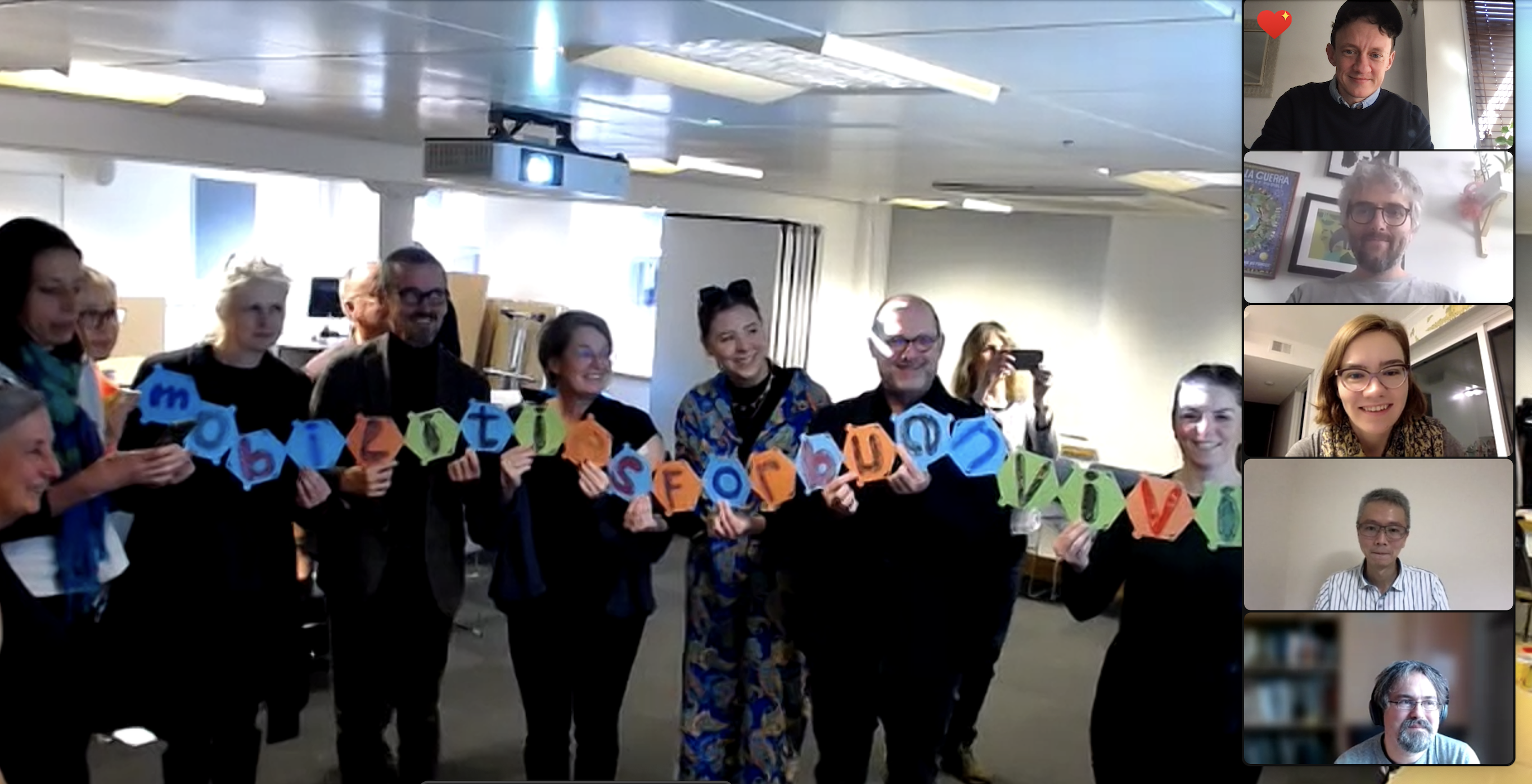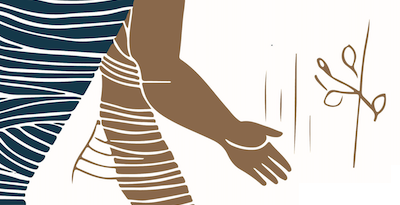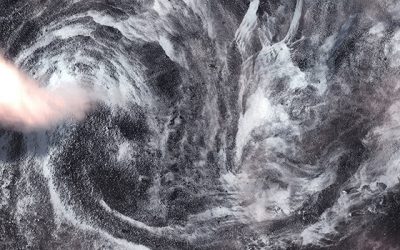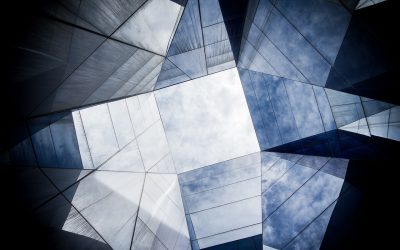Between Wednesday 25th and Saturday 28th October, CeMoRe hosted the Lancaster Hub of the annual T2M (Traffic, Travel and Mobilities) conference, this year taking place at the University of Konkuk in Seoul, South Korea.
The CeMoRe strand of the conference was the final event in a twelve-month programme celebrating the Centre’s twentieth anniversary while its theme – ‘Rocky Futures’ – was chosen to complement our current focus on the climate emergency.
While not all of the panels and papers included in our strand focused on the climate emergency, many did, and it was inspiring to see such a wide variety of research – from the arts and humanities as well as the social sciences – engaging with these debates.
The event was the most fully-hybrid that the Centre has ever hosted and combined fully in-person Lancaster panels (broadcast to the main conference in Seoul and participants around the world) with others in which in-person and online presentations were combined. There were also three panels which were entirely online, but with which we engaged as a collective in-person audience. Given that the carbon footprint of academic travel is such a pressing concern, we were delighted that the technology worked as well as it did and enabled us to connect with friends and colleagues around the world.
As well welcoming ‘old friends’ back to Lancaster (the team from Aalbourg) , we hosted panels based in Padua, Finland/Estonia and a large, double panel on post-colonialism and mobility led by Anna-Leena Toivanen (who was herself based in Seoul for the conference). Details of all these panels and presentations may be found on the final version of the conference programme.
Alongside these academic panels, the Hub also broadcast the ‘Rocky Futures’ live video-art exhibition, curated by Rebecca Birch, Sarah Casey and Jen Southern, and supported by arts organization FutureEverything. This brought together 14 international artists and researchers who are concerned with mobilities and instabilities (temporal, spatial, cultural, environmental) of rocky landscapes in uncertain times. The live Zoom conversations were hosted by the artists, from the field, on laptops and mobiles. Each artist draws on a deep knowledge of materiality learnt from their art practice to devise ways to make the rocky environments more ‘present’ at a distance, through strategies such as story-telling, touch, lens, sound and speculation. Linked to the exhibition were a further two panels in which artists and academics reflected further on the ‘Rocky Futures’ theme in relation to their own work.
Finally, the Hub was also the sad and yet inspiring occasion of Monika Buscher’s retirement from Lancaster University. As mobilities scholars will be aware, Monika has been a leading figure in the field for over two decades and is known, in particular, for her innovations in mobile methods (and their application) and her success in winning multiple large research grants – many with a mobilities focus. We celebrated Monika’s legacy with a participatory lunchtime event – devised by Monika herself – which required everyone present – in person and online – to speak to two prompts: … to two prompts: ‘What if .. .? and ‘What Now . . .’? As we came to the front of the room to make our contribution, we were invited to pick up a card with a number on one side and a letter on the other, and to arrange ourselves in a row according to the numbers. By the time everyone had spoken, the letters spelt out Monika’s own contribution: Mobilities for Buen Vivir (Mobilities for ‘good living) – a call to recognise the contribution and to develop the potential of mobilities research for living in harmony with nature and more-than-human democratic negotiation of just relational interdependence. It was a wonderful way to celebrate the unique contribution Monika has made to CeMoRe over the years.
Lynne Pearce and Jen Southern (Conference Organisers)




